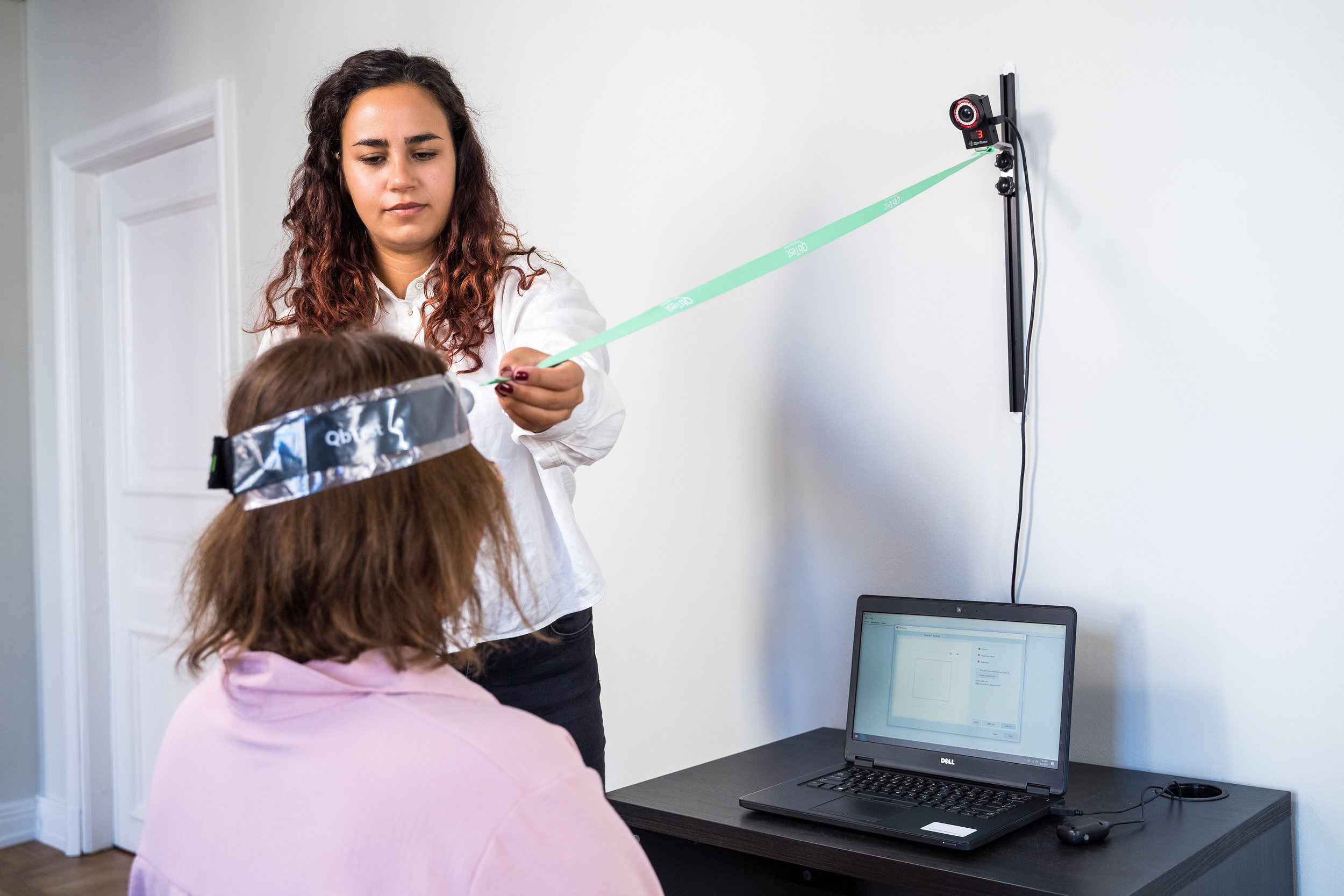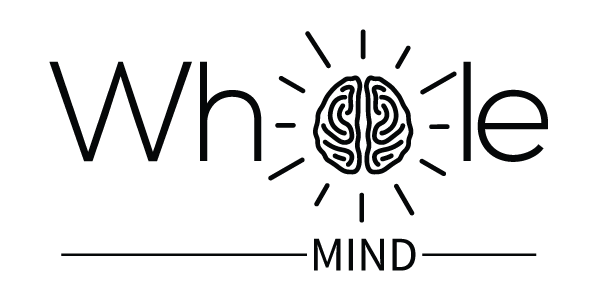What is QbTest for ADHD?
QbTest is used when evaluating ADHD symptoms and measuring response to ADHD treatment. QbTest is an FDA-cleared test measuring all 3 core symptom domains; hyperactivity, impulsivity, and inattention.
QbTest involves a 15 or 20-minute computer-based task that measures you (or your child’s) ability to maintain attention and impulse control. Meanwhile, an infrared camera tracks movements, and therefore activity, during the test. The results are based on a comparison of your (or your child’s) performance with data from other people of the same sex and age who do not have ADHD.
ADHD Evaluations – What should you expect?
Clinical Interview
Gathering a clinical history
Objective Test
QbTest Test
Rating Scales
Nationally standardized measure
How should I prepare for a ADHD QbTest?
Try to ensure adequate sleep the night before the test.
Avoid consuming excessive amounts of caffeine the day of the test.
If you are to be tested while on ADHD medication, please ensure that you take the medication as directed. Our office will schedule the test a specific number of hours after the medication is taken, depending on the type of medication.
For a child, explain that they will be taking a test on a computer which is designed to be boring. Inform the child that they will wear a headband during the test, but that it does not hurt. They will be seated in a room by themselves, but a family member can stand outside if helpful.
What does the test set-up look like?
The test equipment consists of an infrared camera, a headband with an infrared marker attached to it, a laptop, and a responder button.



What do QbTest results look like?
Here is a sample of a QbTest report,
When will I recieve my results?
The raw data is available immediately after the test is completed. However, your clinician must first interpret the data together with other relevant information.
In some cases, feedback can be provided in the same appointment, but sometimes a follow-up appointment will need to be scheduled.
How often will I take a ADHD test?
QbTest is used together with other clinical measures to help your clinician make more informed decisions about ruling in or ruling out ADHD.
ADHD Evaluation
Starting Treatment
If you recieve a diagnosis and you are prescribed ADHD medication, your clinician can use QbTest for treatment monitoring purposes.
Your clinician may ask you to perform another QbTest when you start your prescribed ADHD treatment to see what impact it has on your inattention, hyperactivity and impulsivity.
Follow-up Assessments
Your clinician may use QbTest at regular intervals to understand how your core ADHD symptoms may change over time.
Your clinician can compare your latest QbTest report against reports obtained at any other point in time, for example to measure the efficacy of treatment over longer periods of time.
Why test for ADHD?
Adding objective ADHD technology can help to:
Improve diagnostic accuracy.1
Shorten time to diagnosis.1
Capture treatment response not reflected by rating scales2
Hollis, C., Hall, C. L., Guo, B., James, M., Boadu, J., Groom, M. J., Brown, N., Kaylor‐Hughes, C., Moldavsky, M., Valentine, A. Z., Walker, G. M., Daley, D., Sayal, K., Morriss, R., the AQUA Trial Group, Curran, S., Clarke, J., Holsgrove, S., Jennings, T., ... Williams, A. (2018). The impact of a computerised test of attention and activity (QbTest) on diagnostic decision‐making in children and young people with suspected attention deficit hyperactivity disorder: Single‐blind randomised controlled trial. https://onlinelibrary.wiley.com/doi/10.1111/jcpp.12921
Martin-Key NA, Stevenson A, Roy P. Investigating the Clinical Utility of the Combined Use of Objective and Subjective Measures of ADHD During Treatment Optimization. J Clin Psychopharmacol. 2022 Mar-Apr 01;42(2):146-153. doi: 10.1097/JCP.0000000000001350. PMID: 33605643; PMCID: PMC8884177.



